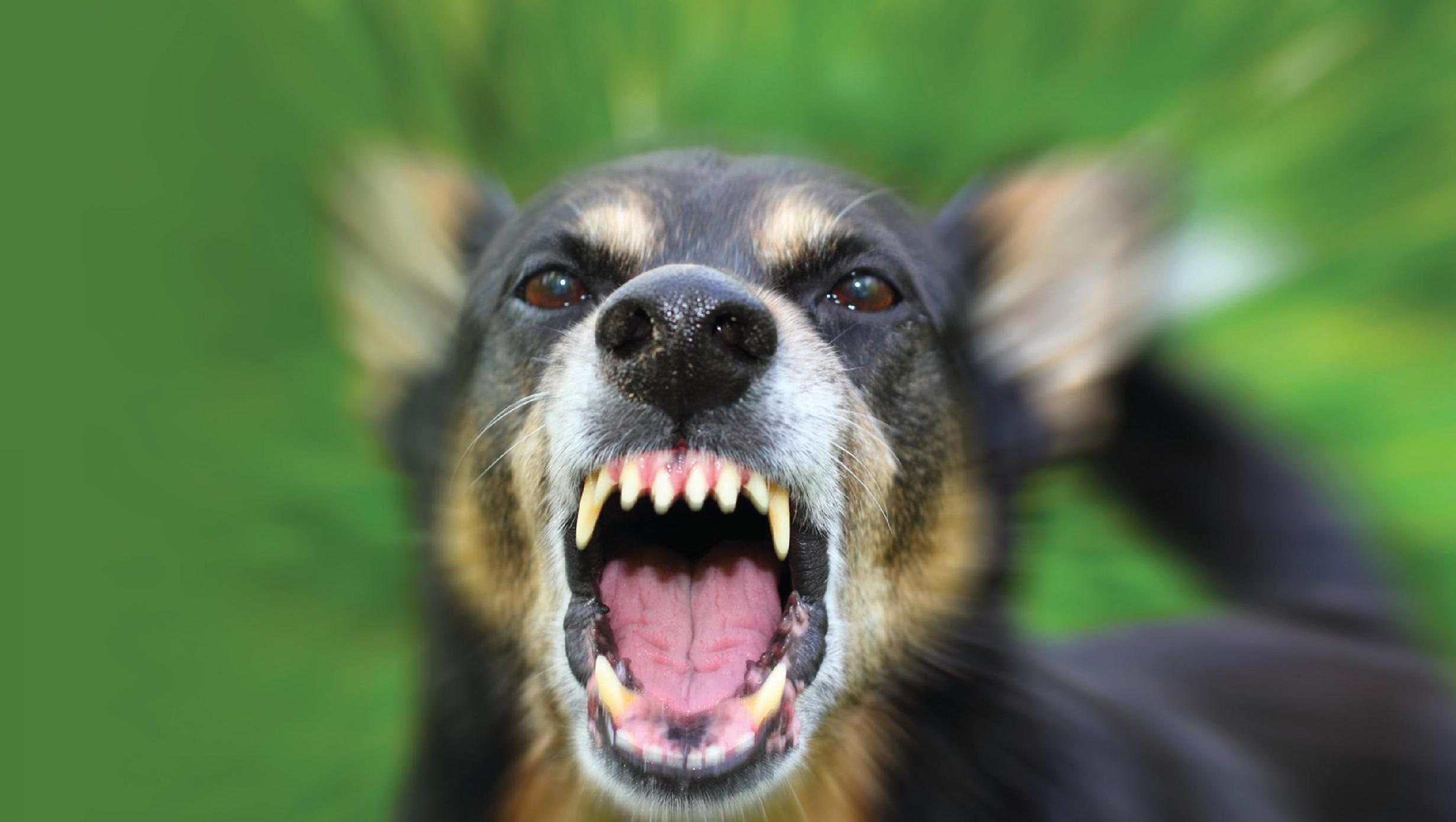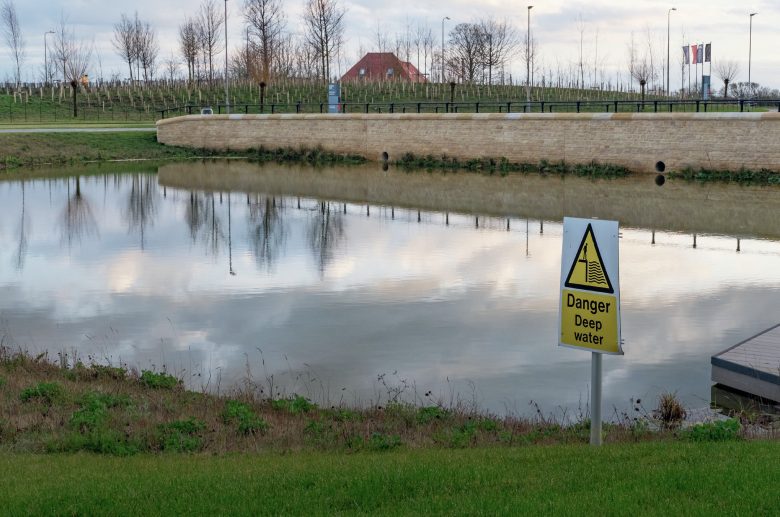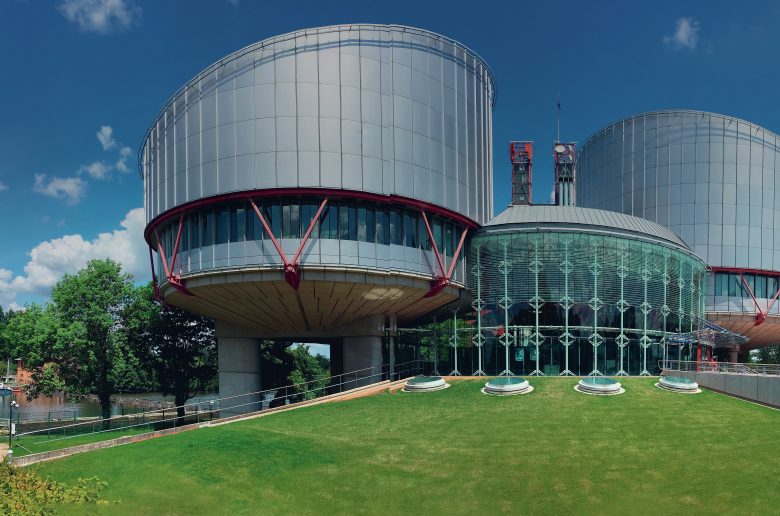
The Animals Act 1971 imposes liability on the ‘keeper’ of an animal. Under section 6(3) the keeper is either ‘the owner of the animal or a person who has it in his/her possession or the head of a household in which a person under 16 is the owner or has it in his/her possession’. The reference to the ‘head of the household’ creates realistic accountability if an animal is owned by a child. No liability will occur, however, if a person takes an animal into possession with the intention of restoring it to its owner or to prevent it from causing damage. Liability for any damage caused in this situation rests with the owner or head of the household.
The Act draws a distinction between dangerous and non-dangerous animals. Section 2(1) of the Act imposes strict liability on the keeper for any damage caused by a dangerous animal unless a defence under section 5 of the Act applies. Section 6(2) defines a dangerous animal as ‘an animal not commonly domesticated in the British Isles’ and having ‘such characteristics that they are likely, unless restrained, to cause severe damage or that any damage they may cause is likely to be severe’.
Your organisation does not have access to this article.
Sign up today to give your students the edge they need to achieve their best grades with subject expertise
Subscribe




